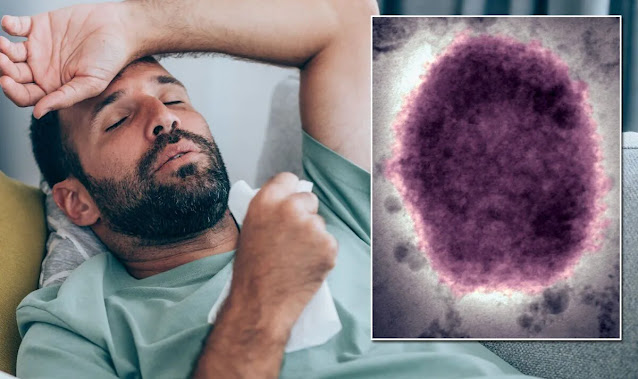How to spot the early symptoms of monkeypox and get treatment fast
Monkeypox is
an infection caused by a virus of the same name, and it’s more common than you
might think. The first cases of monkeypox in humans were reported as early as
1970 in the Democratic Republic of Congo. Since then, it has been reported in
at least 10 African countries, with recent cases also popping up in India and
the Philippines.
While it’s
rare to contract monkeypox because it shares symptoms with several other
conditions, early recognition can save your life by allowing you to get
treatment as soon as possible.
What is
Monkeypox?
Monkeypox is
a viral infection that affects both monkeys and humans. Humans become infected
with it through close contact with infected animals or by being in contact with
objects that their secretions have contaminated. The typical time between
exposure to the Monkeypox virus and showing signs of illness is 14 days.
What are
the signs of Monkeypox?
Symptoms
often begin 10-14 days after exposure. Some people experience fever, headache,
muscle aches, backache, and swollen lymph nodes in their neck, armpits, or
groin area. This is followed by a rash that starts on the face and spreads down
to their arms and legs.
What
should you do if you have been in contact with an infected person?
Blood tests
are being conducted on all people who have been in contact with infected
persons. The Blood Test Report Excel template in Excel Lab will
help you detect contaminated blood samples. It comes equipped with an entire
library of laboratory instruments, making it easy for you to make fully
functional test reports in minutes.
The
following Blood Test Report is from Islamabad PIMS (Hospital). But, given that
lab techniques do not differ across hospitals, we can easily replicate these
reports anywhere else in Pakistan or any other country.
What is
being done to stop Monkeypox from spreading further?
A can treat
the disease with antibiotics. There is no cure, but most patients recover after
a few weeks. However, it can cause scarring that is disfiguring if left
untreated.
Why
should I take any precautions?
Suppose
you’re traveling through tropical regions, whether by plane or boat; keep an
eye out for any disease. You could easily miss an illness like monkeypox, but
it can spread quickly in warmer weather.
If you start
showing signs of an infection, rash, itching, and headaches, check yourself
into a doctor’s office and ask about your risk of contracting the disease. You
can use our Islamabad
Excel Lab Report section to find a medical lab nearby.
Is there
a vaccine for Monkeypox?
No, there is
no vaccine against Monkeypox. You need to start taking full preventive measures
right away if you believe that you have contracted Monkeypox. The best way to
protect yourself from getting infected with Monkeypox is by staying healthy and
keeping your immune system in top shape by following a healthy diet.
How does
it spread?
Monkeypox
spreads through direct contact with an infected animal or person. According to
the World Health Organization (WHO), it can also spread from handling items
contaminated with the infectious matter, such as bedding or clothing, according
to the World Health Organization (WHO).
Once inside
a human body, virus particles pass quickly from one cell to another in a
process called cytopathic effect (CPE), which kills cells by liquefying them.
The skin becomes pockmarked with fluid-filled blisters that ooze serous liquid
before bursting.











